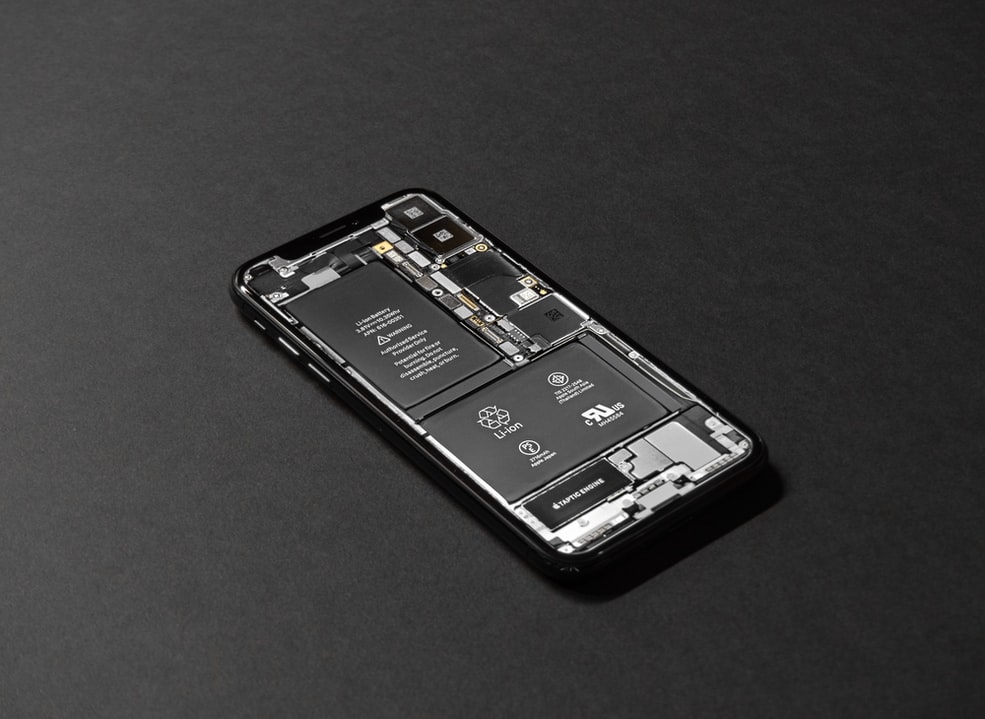Researchers make next-generation, high-toughness battery component
19. 6. 2020 | Brown University | www.brown.edu
A team of Brown University researchers has found a way to double the toughness of a ceramic material used to make solid-state lithium ion batteries. The strategy, described in the journal Matter, could be useful in bringing solid-state batteries to the mass market.
“There’s huge interest in replacing the liquid electrolytes in current batteries with ceramic materials because they’re safer and can provide higher energy density,” said Christos Athanasiou, a postdoctoral researcher in Brown’s School of Engineering and lead author of the research. “So far, research on solid electrolytes has focused on optimizing their chemical properties. With this work, we’re focusing on the mechanical properties, in the hope of making them safer and more practical for widespread use.”

The electrolyte is the barrier between a battery’s cathode and anode through which lithium ions flow during charging or discharging. Liquid electrolytes work pretty well — they’re found in most batteries in use today — but they have some problems. At high currents, tiny filaments of lithium metal can form inside the electrolytes, which cause batteries to short circuit. And since liquid electrolytes are also highly flammable, those shorts can lead to fires. Solid ceramic electrolytes aren’t flammable, and there’s evidence that they can prevent the formation of lithium filaments, which could enable batteries to operate at higher currents.
Read more at Brown University
Image Credit: Unsplash
-jk-




